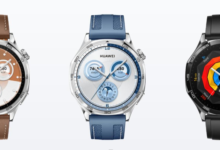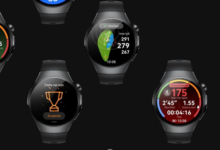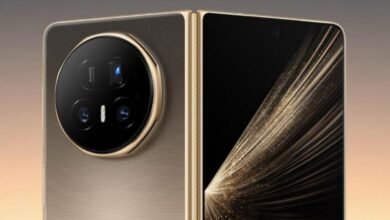How to Protect Your Smartwatch Screen From Scratches
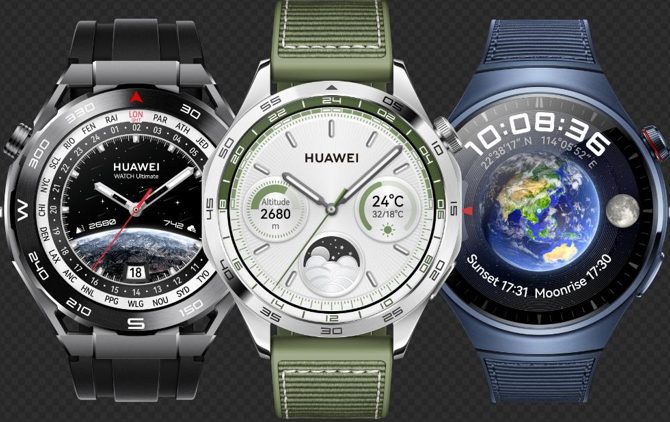
A beautiful, responsive smartwatch screen is the window to your health data, notifications, and personal style. Many users adore their feature-packed, elegantly designed smartwatches, like the Huawei watch gt6 pro, for how they seamlessly integrate into daily life. This constant presence on your wrist, however, makes it incredibly vulnerable to bumps, scrapes, and unsightly scratches that can mar its beauty and hinder functionality. A scratched screen can be difficult to read, interfere with touch sensitivity, and significantly diminish the enjoyment of your device. In this article, we will explore practical and effective strategies to shield your smartwatch screen from harm.
Essential Protective Accessories for Scratch Prevention
Choosing the Right Screen Protector: Film vs. Tempered Glass
Selecting a screen protector is your first and most crucial line of defense against everyday scratches. The primary choice you will face is between a flexible film protector and a rigid tempered glass one. Film protectors, typically made from thermoplastic polyurethane (TPU), are excellent because they are soft, slightly stretchy, and can absorb impacts from minor scrapes without tearing. On the other hand, tempered glass protectors offer superior resistance against direct scratches from sharp objects like keys or sand because they are manufactured to be significantly harder than the watch’s original glass. Many people prefer the glass variant for its clarity and smooth touch experience, which closely mimics the actual screen.
Protective Cases and Bumpers: When and Why to Use Them
While a screen protector guards the display, a protective case or bumper defends the entire watch body, including the bezel and sides, from more substantial impacts. Think of a case as a sturdy helmet for your device, especially useful during activities where a hard knock against a doorframe or a drop onto a hard floor is a real possibility. These accessories are typically crafted from durable materials like silicone or polycarbonate, which can absorb and dissipate shock, preventing dents and deep scratches. For individuals with active jobs or those who enjoy hiking, gardening, or DIY projects, a case provides an essential extra layer of security. Modern designs are surprisingly slim and lightweight, ensuring they do not add unnecessary bulk or interfere with the watch’s sensors or comfort.
See also: What role does technology play in education reform in the USA?
Daily Habits and Practices to Minimize Scratch Risk
Safe Wearing and Removal Techniques
How you put on and take off your watch plays a surprisingly important role in preventing accidental scratches. Always make it a habit to fasten the strap securely but comfortably, ensuring the watch face sits snugly on top of your wrist rather than sliding down towards your hand. When removing the watch, try to do so over a soft surface like your bed or a carpeted area, providing a safe landing spot in case it slips from your grip. Avoid the common mistake of taking your watch off and casually placing it screen-down on a table, nightstand, or other hard surfaces. Instead, develop a routine of always placing it in its dedicated charging dock or a soft-lined drawer when not in use.
Avoiding High-Risk Activities and Environments
Being mindful of your surroundings is another powerful tool for keeping your smartwatch screen scratch-free. It is wise to develop a reflex of taking off your watch before engaging in activities that pose a high risk to its integrity. For instance, doing the dishes or any task involving harsh chemicals and abrasive cleaning powders can slowly degrade screen coatings and invite fine scratches. Similarly, working on your car, moving heavy furniture, or engaging in a sport like rock climbing exposes the watch to extreme forces and sharp edges. Even a day at the beach requires caution, as fine sand grains are notoriously abrasive and can easily get between the strap and your wrist.
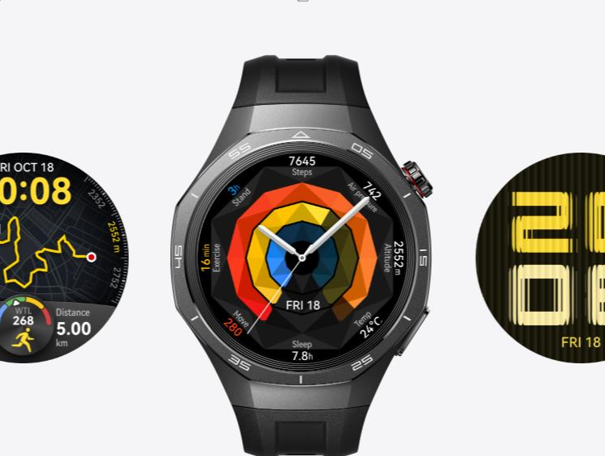
Cleaning Your Screen Without Causing Damage
Keeping your screen clean is essential for visibility and hygiene, but doing it incorrectly can cause a web of fine scratches. Always start by gently blowing on the screen or using a soft, dry microfiber cloth to remove any loose dust or lint that could be abrasive. If smudges or fingerprints persist, slightly dampen a corner of the microfiber cloth with a few drops of water and gently wipe the screen in a circular motion. For tougher grime, you can use a single drop of isopropyl alcohol on the cloth instead, as it evaporates quickly and leaves no residue. Establishing a regular, gentle cleaning routine will maintain a crystal-clear display without inadvertently inflicting the very damage you are trying to prevent.
What to Do If Your Screen Gets Scratched
Discovering a scratch on your screen can be disheartening, but there are steps you can take to assess and potentially mitigate the damage. First, determine the depth of the scratch by gently running your fingernail across it; if your nail does not catch, the scratch is likely only in the anti-smudge coating. For very minor, superficial marks, you can occasionally use a tiny amount of specialized polywatch paste, but extreme caution is advised. If the scratch is deep and disrupts visibility or touch functionality, the most reliable solution is to take it to a professional service center for an assessment.
Conclusion
Protecting your smartwatch screen requires both the right accessories and mindful daily habits. A quality screen protector and a durable case offer essential defense against daily bumps and scratches. Combining these with careful use significantly lowers the risk of accidental damage. Always clean the screen properly to avoid harming it during maintenance. By integrating these practical steps into your routine, you can maintain both the functionality and appearance of your device. With consistent care, your smartwatch will remain a flawless and reliable companion for years to come.

